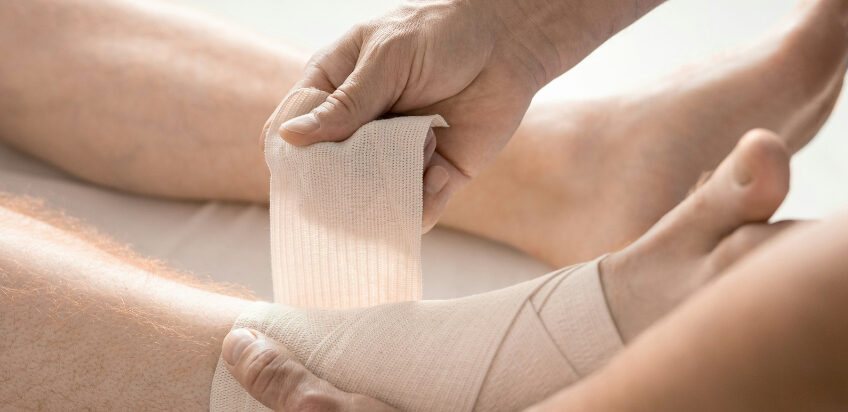Slip and fall accidents can cause serious injuries, from broken bones to traumatic brain injuries, and often lead to costly medical bills and lost wages. In New Jersey, holding a property owner or manager accountable requires more than simply showing that an accident occurred. You must prove that the property owner’s negligence caused your fall, and this requires gathering strong, relevant evidence.
Understanding the Legal Standard
Under New Jersey premises liability law, property owners, managers, and tenants have a duty to maintain their premises in a reasonably safe condition. To establish liability in a slip and fall case, you must generally prove:
- A dangerous condition existed on the property.
- The property owner knew or should have known about the condition.
- The owner failed to fix the hazard or provide adequate warnings.
- This negligence directly caused your injury.
Photographs and Video Footage
Visual evidence is among the most persuasive forms of proof in slip and fall cases. Photographs of the hazard—whether it is a wet floor, uneven pavement, or poorly lit stairway—can help demonstrate the dangerous condition. If available, security camera footage showing the accident or the condition before your fall can further strengthen your claim.
Incident Reports
Many businesses and public facilities require an incident report to be completed after an accident. Request a copy immediately. This document can contain details about the time, location, and circumstances of the fall, as well as statements from employees or witnesses.
Witness Statements
Eyewitness testimony can corroborate your version of events and counter any arguments that you were at fault. Witnesses may include other customers, employees, or even first responders. Obtain their names and contact information as soon as possible, as memories can fade over time.
Maintenance and Inspection Records
In New Jersey, showing that a property owner failed to conduct regular inspections or address known hazards can be critical to proving negligence. Maintenance logs, cleaning schedules, and repair records can reveal whether the hazard existed for an unreasonable period or if previous complaints were ignored.
Medical Records
Your medical records connect the accident to your injuries. Seek prompt medical attention, even if your injuries seem minor at first. Diagnostic tests, treatment plans, and physician notes can all serve as evidence that the fall caused your condition and impacted your quality of life.
Expert Testimony
In some cases, expert witnesses—such as safety engineers or medical professionals—may be needed to explain how the hazard violated safety standards or how the injuries will affect your future. Expert testimony can provide objective support for your claims.
Preserving Evidence Quickly
Timing is critical in slip and fall cases. Hazards can be repaired, surveillance footage can be erased, and witnesses can become unavailable. Sending a preservation letter to the property owner or their insurance company can help ensure that crucial evidence is not destroyed.
Conclusion
Proving liability in a New Jersey slip and fall case requires careful documentation and strategic evidence collection. By securing photographs, witness statements, maintenance records, and medical documentation, you can build a strong case that demonstrates the property owner’s negligence. Consulting an experienced premises liability attorney early can help protect your rights and maximize your chances of obtaining fair compensation.
